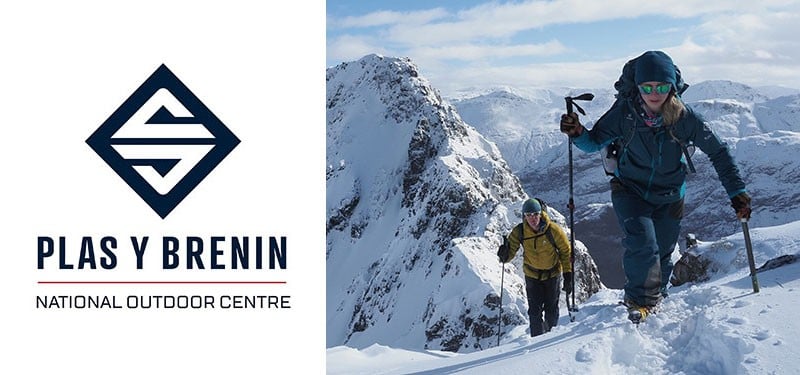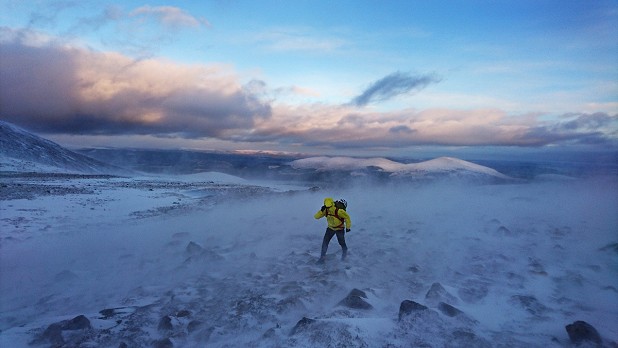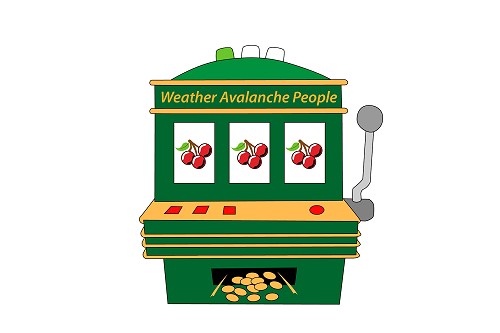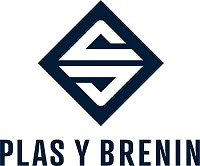Part 4 - Planning and Decision Making
In part 4 Will breaks down the planning and decision making process into a clear, step-by-step system, which can equally be applied whether you're walking, skiing or climbing.
It's a good idea to use a structure to help plan a day out. This forces you to think about which venues (these could be summits, climbs, ridges or ski descents) are most appropriate after you've taken three key factors into consideration: the weather, the avalanche hazard and who you're out with. The Be Avalanche Aware app and SAIS website have an excellent planning section which I'd recommend using.
Devise a way of thinking and operating that works for you, and that you always use, much like a pilot's pre-takeoff checklist. This ensures you've considered everything you need to, and that you'll be heading off with all the knowledge you need to make informed decisions.
I'm going to share the way I think about planning. I like to keep things simple, so I think about one-armed bandits.
I score each of these on a spectrum, from green to red. If one of the factors is very favourable, I'll give it green status. If it's green, it wins a cherry.
If it's unfavourable, it'll be red. If it's somewhere between, I'll think of it as orange. It's like a metaphorical set of traffic lights.
Weather conditions?
| High pressure | Low pressure / stormy |
| No wind | 40 mph+ |
| No precipitation | Heavy and constant precipitation |
| Perfect visibility | Zero visibility / blizzard |
| Appropriate temperature | Extreme temperature |
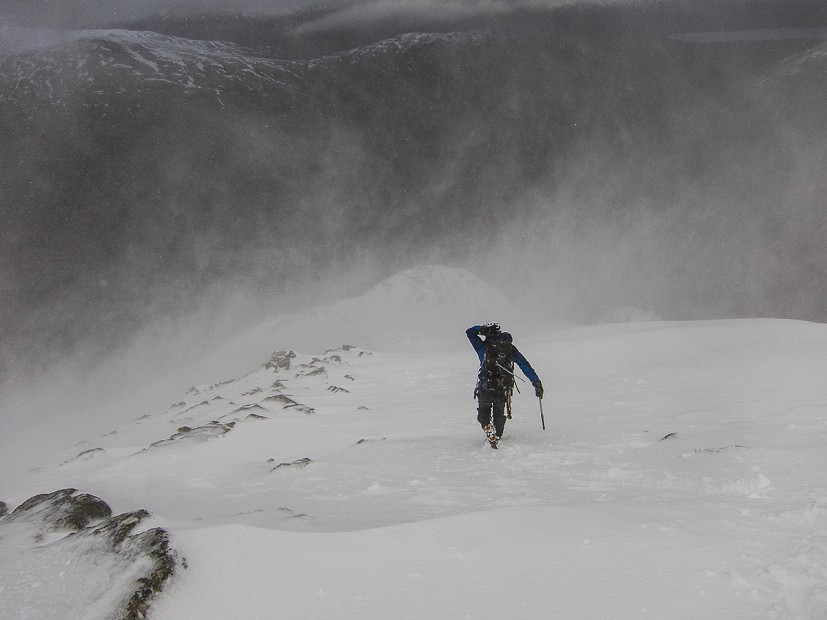
Avalanche hazard?
| Low | Considerable + |
People?
| Everyone can navigate accurately | Nobody can navigate |
| Everyone has good avalanche understanding / skills | No understanding |
| Fit and injury free | Poor fitness / injury present |
| Experienced and independent in winter | Winter novice |
Jackpot? A full set of cherries would be good weather, low avalanche risk and a strong team. If it's a jackpot day, everything's going in my favour. These are the days to go big!
If I'm left with no cherries, and things are swaying more towards the red end of the spectrum then I'll need to be much more conservative with my objectives, otherwise I'm stacking the odds against me.
Thinking about objectives
I use a similar system to think about objectives, ranging from green to red. The system works for all disciplines; walking, mountaineering, climbing and skiing.
Most of this information can be found by looking at the UKC logbooks and winter conditions page, reading guidebooks, studying maps, chatting to people and using some specialist websites such as Fatmap. It can seem a bit overwhelming to begin, but you'll quickly develop a system. It's surprising how little time it takes to research once you're in the groove.
Objectives?
| Objective within team's ability | Limit of team's ability |
| Lots of options to change route / aim | Few options to change route / aim |
| Easy navigation | Challenging navigation |
| Easy access | Remote |
| Always able to escape / turn around | Hard to escape |
| Low commitment level needed | Highly committing |
I try to think of all the options I can for any given day, right across the spectrum. I then think about where each option lies with regard to an acceptable level of risk for all involved. Being out in the hills in the winter is inherently risky, and the risks can never be removed, but they can be reasonably predicted and managed with good planning.
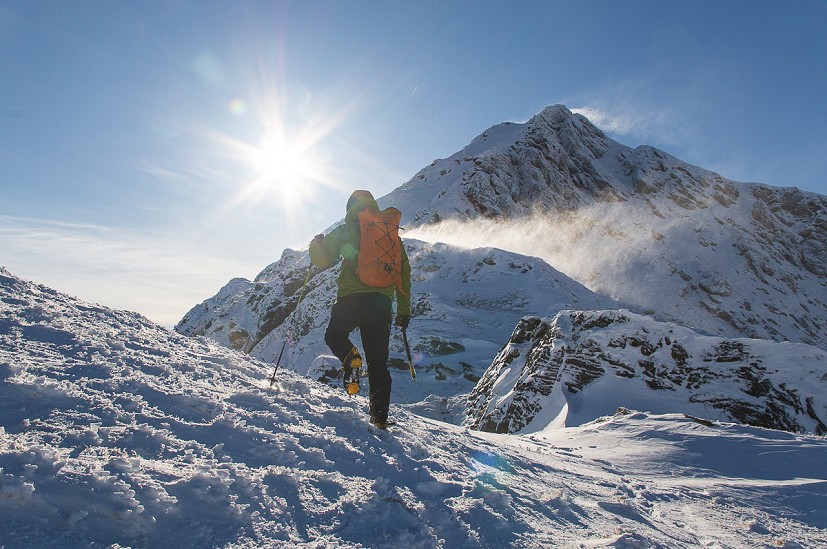
An acceptable level of risk for me is one where should an accident occur, I wouldn't look back on the event and think I was taking unjustifiable risks. An accident would be a surprise. An unacceptable level of risk in my mind is that where an accident wouldn't be a surprise at all.
I've certainly crossed the line before and either had a minor accident, or narrowly missed one. Such incidents happened a good while ago, as a relative novice to winter mountaineering. On reflection, it's no surprise we nearly had an accident - we simply rocked up and had a go at whatever we fancied, with zero planning! Luckily we got away with it and learnt the hard way.
Balancing things out
It's all a balancing act. When more things are in my favour I'll accept higher levels of risk. When more things are against me, I'll choose more conservative options and lower levels of risk.
The best winter climbing day I've had was on Ben Nevis. We climbed half a dozen ice routes which I'd class as at the red end of the spectrum. The cherries aligned: weather, avalanche conditions and partner were all green, things couldn't have been better for us. As a result, we ventured into high into Coire na Ciste on Ben Nevis. We climbed routes we'd had our eyes on all season, but hadn't hitherto had the opportunity to attempt, as the cherries hadn't aligned until that day.
The reality is that sometimes they may not align for an entire winter. The approach slopes to some climbs may be so dangerous that they can't be sensibly crossed for weeks at a time. That's just winter!
As an example of what I've done on a thoroughly grim day, check how happy Rich looks in the picture below.
We had only one cherry on this day: a strong team. The weather conditions were all red and the avalanche hazard was considerable at higher altitudes. As such, we chose an objective that would have been all green. It was within twenty minutes' walk of the road, technically straightforward, easily escapable, required no navigation to reach, and offered plenty of options to make it easier. The climbing wasn't necessarily of the highest quality, but we had fun, and managed to get out safely on an otherwise gnarly day.
Making good decisions takes time and effort, but it's what makes being out in the winter so rewarding and fulfilling. Developing understanding and decision making comes down to two essential factors.
The first is mindset. Approaching winter recreation as an apprenticeship; building a broad and solid base of experience and fundamental skills is invaluable.
The second is being reflective. Thinking about what went well, what didn't and what could have been better will really help to highlight your understanding and decision making. Brutal honesty is best! I'd encourage you to sit down with a brew at the end of the day and make a few notes.
It's important to remember that it never ends either, you're never too experienced to reflect and learn.
Part 5 of this series, Observations on the Hill, focuses on what to look for when you're out and about.
All Plas y Brenin winter courses cover in detail the topics described in this series. Attending a course is probably the best way to develop the skills and understanding you'd want to head out in winter independently.
If you'd like to learn more about getting out in winter, Plas y Brenin are running a series of webinar sessions designed to give you the skills you need, and the majority of them are free to attend. Head over to www.pyb.co.uk/events to see what's on and register now.
